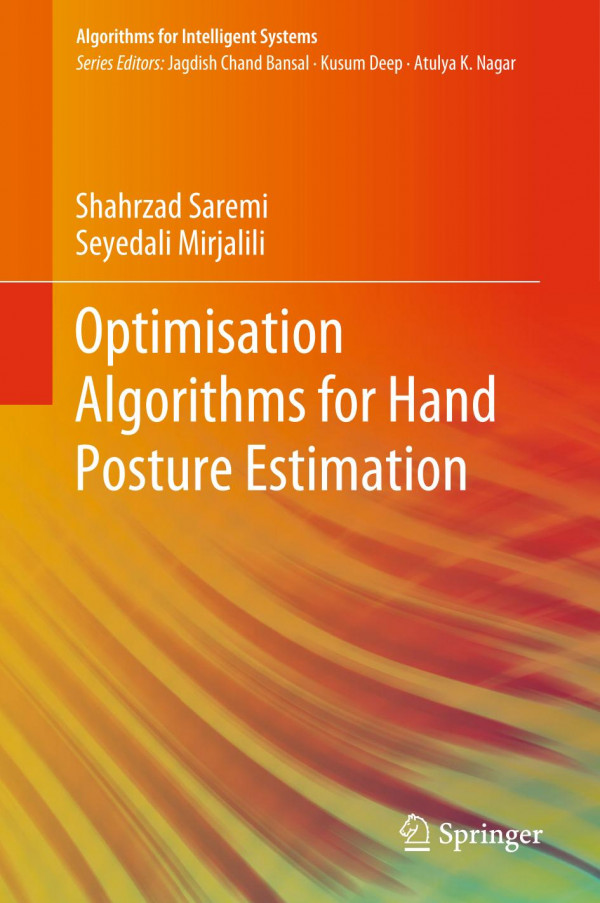

Most ebook files are in PDF format, so you can easily read them using various software such as Foxit Reader or directly on the Google Chrome browser.
Some ebook files are released by publishers in other formats such as .awz, .mobi, .epub, .fb2, etc. You may need to install specific software to read these formats on mobile/PC, such as Calibre.
Please read the tutorial at this link: https://ebookbell.com/faq
We offer FREE conversion to the popular formats you request; however, this may take some time. Therefore, right after payment, please email us, and we will try to provide the service as quickly as possible.
For some exceptional file formats or broken links (if any), please refrain from opening any disputes. Instead, email us first, and we will try to assist within a maximum of 6 hours.
EbookBell Team

5.0
80 reviewsThis book reviews the literature on hand posture estimation using generative methods, identifying the current gaps, such as sensitivity to hand shapes, sensitivity to a good initial posture, difficult hand posture recovery in cases of loss in tracking, and lack of addressing multiple objectives to maximize accuracy and minimize computational cost. To fill these gaps, it proposes a new 3D hand model that combines the best features of the current 3D hand models in the literature. It also discusses the development of a hand shape optimization technique. To find the global optimum for the single-objective problem formulated, it improves and applies particle swarm optimization (PSO), one of the most highly regarded optimization algorithms and one that is used successfully in both science and industry. After formulating the problem, multi-objective particle swarm optimization (MOPSO) is employed to estimate the Pareto optimal front as the solution for this bi-objective problem. The book also demonstrates the effectiveness of the improved PSO in hand posture recovery in cases of tracking loss. Lastly, the book examines the formulation of hand posture estimation as a bi-objective problem for the first time.
The case studies included feature 50 hand postures extracted from five standard datasets, and were used to benchmark the proposed 3D hand model, hand shape optimization, and hand posture recovery.